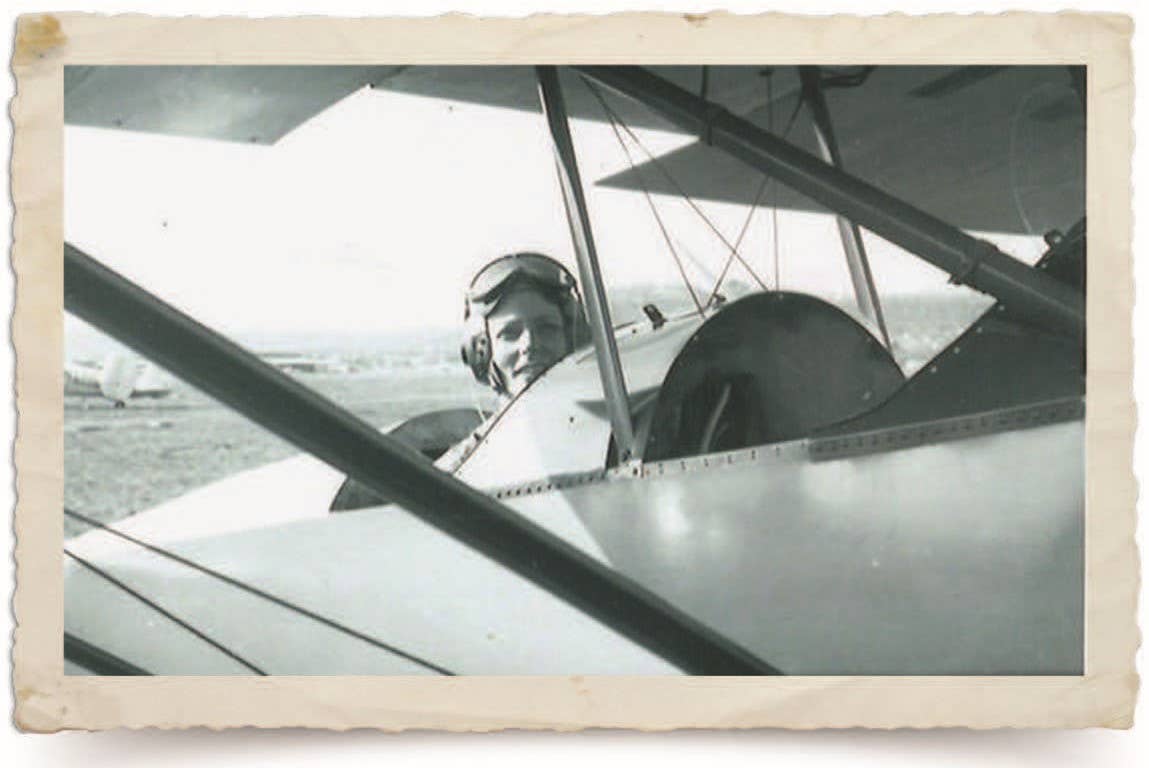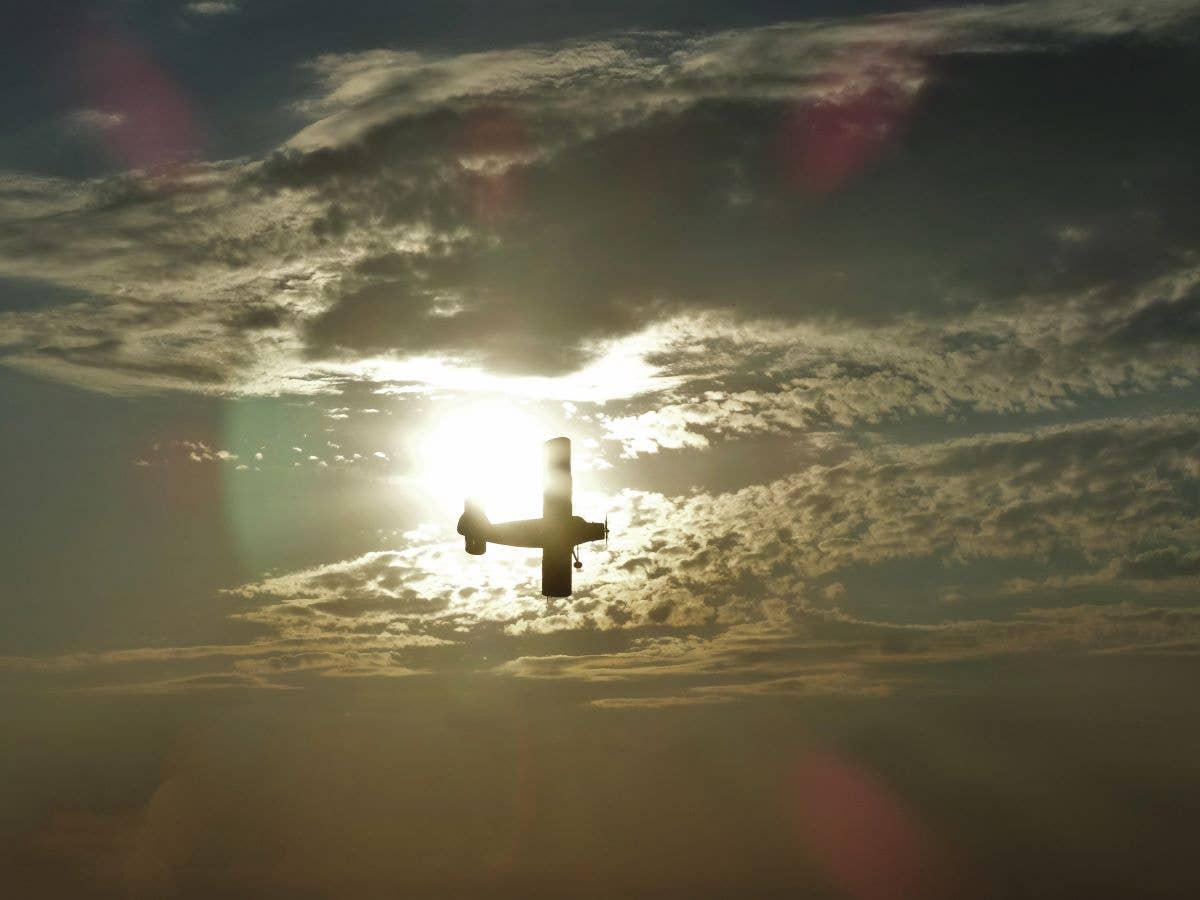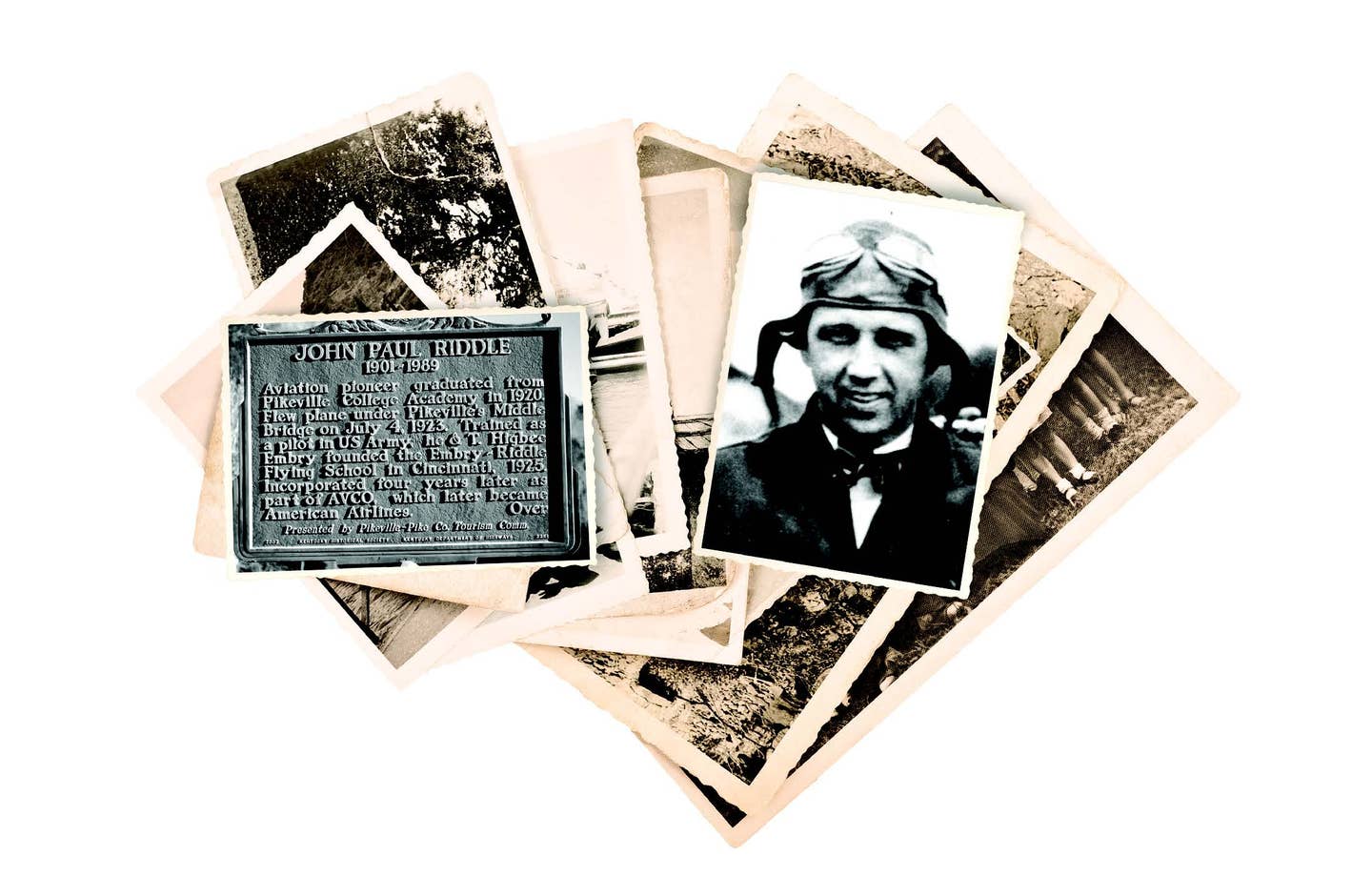
[Photo illustration: Amy Jo Sledge, images: iStock, Martha Lunken]
As an IFR student again, I’m still honing some rusty skills for the practical test. Hand flying my “no-autopilot” 1956 Cessna 180 with original “steam” gauges has proved to be a lesson in practice, humility, and patience. After seven logbooks showing about 14,000 hours—including 6,000 dual given in a wild array of airplanes and lots more as an examiner—it’s humbling! Whatever, here I am, 40 years after my last check ride, struggling to master IFR procedures with a Garmin GNS 430 and ForeFlight on an iPad mounted on the yoke. So this morning’s reading at Mass, about an Old Testament figure, Naaman, hit home—vividly.
If you're not already a subscriber, what are you waiting for? Subscribe today to get the issue as soon as it is released in either Print or Digital formats.
Subscribe NowA renowned and proud warrior, Naaman contracted leprosy and went to Israel where, supposedly, a prophet could cure him of the dreaded disease. But instead of seeing Naaman face-to-face with incantations and blessings, showing the respect he deserved, the holy guy sent a flunky to tell Namaan to bathe seven times in the Jordan River. Naaman was pissed at this treatment, on the verge of quitting in a huff and returning home, but he finally humbled himself and thought, “What the hell, I’ll dip myself in that damned river seven times” (or something like that), and it worked.
When I screw up and select “menu” instead of “procedure,” or “vectors to final” when I should have chosen an initial approach fix on the Garmin... or staring at an approach plate on ForeFlight and scanning the panel to find I’m 200 feet off altitude and 15 degrees off course, I’d like to say, “The hell with it! I don’t need this stupid rating.” Of course, that’s pride—my biggest character flaw. And like Naaman, I get past my inflated ego and start doing what I’m supposed to do.
I am tempted to put an “inop” placard on the Garmin, leave the iPad at home, and show up with nothing more than a BendixKing KX-155 for VOR, localizer, and ILS approaches. Think about it: Are we sure those things whirling around up there are sending valid signals to our GPS equipment and not subject to attack from “Vlad”or Xi Jinping or Kim Jong-un, not to mention errant asteroids or alien invaders? Heck, we might find ourselves going back to navigating like the young lady recently honored by the National Aeronautical Association (which confers the nation’s most prestigious aviation awards) for “navigating” solo by sight and maps alone, from Chicago to Omaha. Uh, take a look at a roadmap and notice something called I-80…
This year, after the long annual, weeks of crummy weather, and a crunched tail, we got back to serious training. At which point the elderly directional gyro in my elderly airplane began to fail. At a mere 67 years old, it isn’t overhaul-able (Cessna barely admits building it), so I planned to replace it with a new DG with a heading bug. But the geometry of the Cessna 180 yoke behind the panel won’t accommodate that slightly longer instrument. I considered replacing the yoke with a stick, like an L-19, but still counting (and saving), my airplane will have two Garmin G5s plus ForeFlight on a mini-iPad.
An aside, speaking of iPads, try holding your device anywhere near your magnetic compass and see what happens. You might want to be sure the tablet isn’t mounted too close to it.
Back in student mode with ‘72B getting it updated, I’m perusing old logbooks and thinking of particularly memorable people I taught to fly and/or tested. One logbook shows I recommended 35 people for private and commercial certificates and instrument ratings in about 13 months back in the 1970s, and later, while working for the FAA, gave hundreds of practical tests in singles and twins for everything from sport pilots to single- and multiengine ATPs in Cessnas, Douglas DC-3s, seaplanes—and even hot air balloons.
But I also vividly remember begging Bob Walker, who managed the long-gone Cincinnati Aircraft, for a job as a brand-new 250-hour flight instructor. The “new kid on the block,” I inherited the school’s problem student—a guy everybody had flown with, given up on, and who had flunked out of the ROTC program. But he wouldn’t give up, and I worked my butt off to get him through.
Many hours later, I figured he was as ready as he’d ever be and sent him to the FAA GADO upstairs for his private pilot ride with an inspector (there were no designated pilot examiners at that time). Not only did he not pass, but Inspector Dale Ropp called me upstairs afterward and sternly warned me never to send an applicant so ill-prepared for a check ride. Well, the guy finally passed somewhere, but what a lesson in humility for me.
Paging through those old logbooks is like being in a time machine. After a couple of years, Cincinnati Aircraft got rid of all their part-time instructors,which included me, since I still worked for Ebby in the mornings.
Johnny Lane hired me at his Lebanon, Ohio (now I68) airport, where I flew one summer through late fall, usually commuting the 30 miles from Lunken in my Pietenpol Air Camper. I flew with pig farmers, doctors, teenagers, and moms—and a really nice gentleman who kept his Cessna 175 on a farm about 40 miles southeast of Lebanon. Lytle had logged “dual” from somewhere (and someone) but had never actually been soloed or received any dual cross-country training. He said that when he flew from the farm to places like Lexington, Kentucky, or Huntington, West Virginia, he always took his wife along. But it wasn’t illegal (in his mind) because he never landed. We quickly soloed him and signed him off for multiple flights between the farm and Lebanon—alone!
Years later, after retiring from the FAA, I spent seven busy years as a DPE and DC-3 examiner. By then, the new glass stuff had begun to emerge, especially in Cirrus, Diamond, and other new or retrofitted airplanes. I tried to learn as much as possible about the equipment—especially how and what I could safely fail and what I should leave alone. When I was totally unfamiliar, I resorted to an old-fashioned method... foolproof!
More than a few of the rides are unforgettable—like in the photos at left, with a fireman from Middletown, Ohio, whose buddies were waiting for him. And the last ride in my logbook, an ATP applicant who actually flew his Piper PA-28 to Cincinnati from Eufaula, Alabama. Jess Haggerty is a physician and active flight instructor with other certificates and ratings—a real southern gentleman and great pilot. We still stay in touch.
This article was originally published in the February 2023 Issue 934 of FLYING.

Subscribe to Our Newsletter
Get the latest FLYING stories delivered directly to your inbox







